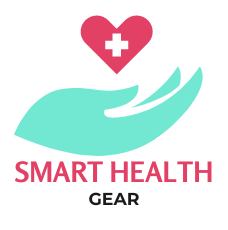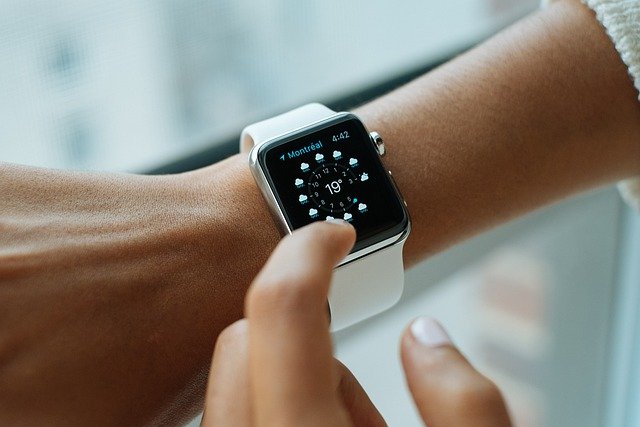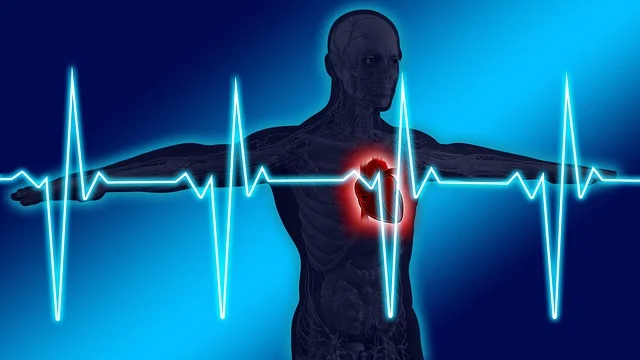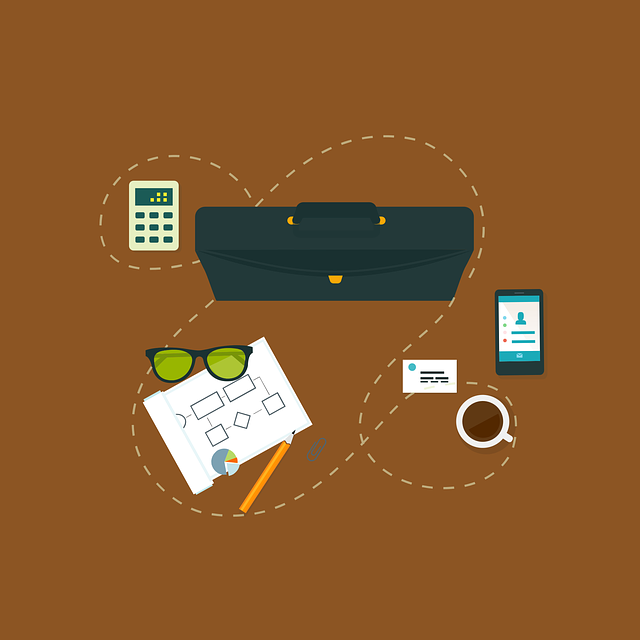Understanding Sleep Trackers: A Comprehensive Guide
Sleep is a fundamental aspect of human health, playing a crucial role in physical and mental well-being. Yet, in today’s fast-paced world, achieving quality sleep can be challenging. Sleep trackers have emerged as valuable tools for individuals seeking to understand and improve their sleep patterns. This comprehensive guide delves into the intricacies of sleep trackers, exploring their types, functionalities, benefits, and the role they play in enhancing sleep quality.
The Importance of Sleep
Before diving into sleep trackers, it’s essential to understand why sleep is so important. Sleep affects every system in the body, influencing brain function, mood, immune response, and overall health. Chronic sleep deprivation can lead to a host of health problems, including obesity, diabetes, cardiovascular disease, and mental health disorders. Quality sleep is not just about quantity; it also involves the right balance of different sleep stages, including light sleep, deep sleep, and REM (Rapid Eye Movement) sleep.
What Are Sleep Trackers?
Sleep trackers are devices or applications designed to monitor and analyze sleep patterns. They provide insights into various aspects of sleep, such as duration, quality, and cycles. By collecting and analyzing data, sleep trackers help users understand their sleep habits and identify factors that may be affecting their rest.
Types of Sleep Trackers
Sleep trackers come in various forms, each with its own set of features and benefits. Understanding the different types can help individuals choose the most suitable tracker for their needs.
- Wearable Sleep Trackers: These are the most common type of sleep trackers. They are typically worn on the wrist, like a watch, and use sensors to monitor movement, heart rate, and sometimes even blood oxygen levels. Examples include fitness trackers like Fitbit, Garmin, and smartwatches like the Apple Watch.
- Non-Wearable Sleep Trackers: These devices are placed on or under the mattress and monitor sleep through movement and breathing patterns. They are less intrusive than wearables and can be a good option for those who find wearing a device uncomfortable during sleep. Examples include the Withings Sleep Analyzer and the Emfit QS.
- Bedside Sleep Trackers: These devices are placed on a bedside table and use radar or ultrasonic technology to monitor breathing and movement. They offer a non-contact way to track sleep, such as the ResMed S+ and the SleepScore Max.
- Smartphone Apps: Many apps are available that use the phone’s sensors to track sleep. These apps are often less accurate than dedicated devices but can still provide useful insights. Popular options include Sleep Cycle, Pillow, and Sleep as Android.
How Sleep Trackers Work
Sleep trackers use various sensors and algorithms to monitor and analyze sleep. Here’s a closer look at the typical components and how they function:
- Accelerometers: These sensors detect movement. By monitoring movement patterns, the device can determine whether the user is awake, in light sleep, or in deep sleep.
- Heart Rate Monitors: Many wearable trackers include heart rate monitors. Heart rate variability can provide insights into sleep stages, as heart rates tend to vary between deep sleep, light sleep, and REM sleep.
- Respiratory Monitors: Some advanced trackers monitor breathing patterns. Changes in respiration can indicate different sleep stages and detect potential sleep disorders like sleep apnea.
- Sound Sensors: Some devices and apps use microphones to detect sounds, such as snoring or sleep talking, which can provide additional insights into sleep quality.
- Temperature Sensors: Body and environmental temperature can affect sleep quality. Some trackers include temperature sensors to monitor these variables.
Benefits of Using Sleep Trackers
Using a sleep tracker offers numerous benefits, from improving sleep hygiene to identifying potential sleep disorders. Here are some key advantages:
- Awareness of Sleep Patterns: Sleep trackers provide detailed insights into sleep patterns, including duration, efficiency, and stages. This awareness can help individuals understand their sleep habits better.
- Improved Sleep Hygiene: By tracking sleep and identifying trends, users can make informed decisions about lifestyle changes to improve sleep quality, such as adjusting bedtime routines, reducing caffeine intake, or creating a better sleep environment.
- Identification of Sleep Disorders: Sleep trackers can detect irregularities that may indicate sleep disorders such as sleep apnea, insomnia, or restless leg syndrome. Early detection allows for timely medical intervention.
- Motivation and Accountability: Many sleep trackers include goal-setting features and provide feedback on sleep quality. This can motivate users to prioritize sleep and adhere to healthier sleep habits.
- Data for Healthcare Providers: The data collected by sleep trackers can be shared with healthcare providers, offering valuable information for diagnosing and treating sleep-related issues.
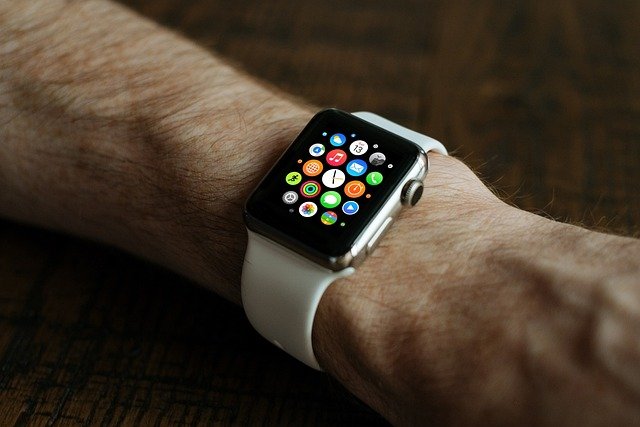
Limitations and Considerations
While sleep trackers offer numerous benefits, it’s important to acknowledge their limitations:
- Accuracy: While sleep trackers can provide valuable insights, they are not as accurate as clinical sleep studies (polysomnography). Factors such as device placement, sensor quality, and individual differences can affect accuracy.
- Over-Reliance: Relying too heavily on sleep tracker data can lead to anxiety or obsessive behavior about sleep quality. It’s essential to use these devices as tools for improvement rather than definitive measures of sleep health.
- Privacy Concerns: Sleep trackers collect sensitive data about personal habits and health. It’s crucial to consider privacy policies and data security measures of the device or app being used.
Choosing the Right Sleep Tracker
Selecting the right sleep tracker depends on individual needs, preferences, and budget. Here are some factors to consider:
- Features: Identify which features are most important. For example, do you need heart rate monitoring, or is tracking movement sufficient? Are you interested in additional features like smart alarms or sleep coaching?
- Comfort: Consider whether you prefer a wearable device or a non-wearable option. Comfort is essential for ensuring the tracker does not interfere with sleep.
- Accuracy: Research the accuracy of different devices. Look for reviews, user feedback, and any available validation studies.
- Ease of Use: Choose a device or app that is easy to set up, use, and interpret. A user-friendly interface can enhance the overall experience.
- Compatibility: Ensure the sleep tracker is compatible with your smartphone, operating system, or other devices you plan to use it with.
- Budget: Sleep trackers vary widely in price. Determine your budget and compare features to find the best value for your needs.
Best Practices for Using Sleep Trackers
To get the most out of a sleep tracker, it’s important to follow best practices:
- Consistent Use: Use the tracker consistently to gather enough data for meaningful insights. Sporadic use may not provide an accurate picture of sleep patterns.
- Combine with Other Data: Consider other factors that affect sleep, such as diet, exercise, stress levels, and environmental conditions. Some trackers allow you to log these variables for a more comprehensive view.
- Review and Adjust: Regularly review the data and make adjustments to sleep habits as needed. Use the insights gained to experiment with changes in bedtime routines, sleep environment, and lifestyle choices.
- Set Realistic Goals: Set achievable sleep goals based on the data collected. Gradual improvements are more sustainable and effective than drastic changes.
- Consult Healthcare Providers: If the sleep tracker data indicates potential sleep disorders or persistent issues, consult a healthcare provider for a professional assessment and guidance.
The Future of Sleep Tracking
The future of sleep tracking is promising, with advancements in technology paving the way for more accurate, user-friendly, and comprehensive solutions. Here are some trends and innovations to watch for:
- Integration with Health Ecosystems: Sleep trackers are increasingly being integrated into broader health and wellness ecosystems, providing a more holistic view of health by combining data from fitness trackers, smartwatches, and other health devices.
- AI and Machine Learning: The incorporation of artificial intelligence and machine learning algorithms can enhance the accuracy of sleep analysis and provide personalized recommendations based on individual sleep patterns.
- Non-Invasive Technologies: Advances in non-invasive monitoring technologies, such as radar and ultrasonic sensors, offer the potential for more comfortable and less intrusive sleep tracking solutions.
- Clinical Applications: As the accuracy of consumer sleep trackers improves, there may be greater integration with clinical applications, providing healthcare providers with valuable tools for diagnosing and managing sleep disorders.
- Enhanced User Experience: Future sleep trackers will likely focus on improving the user experience through better design, more intuitive interfaces, and seamless integration with daily routines.
Conclusion
Sleep trackers are powerful tools that offer valuable insights into sleep patterns and quality. By understanding how these devices work, their benefits, limitations, and best practices for use, individuals can make informed decisions to improve their sleep health. As technology continues to advance, the future of sleep tracking holds even greater promise, with innovations aimed at providing more accurate, comfortable, and integrated solutions for enhancing sleep and overall well-being. Whether through wearable devices, non-wearable options, or smartphone apps, sleep trackers can play a significant role in helping individuals achieve better sleep and a healthier life.
